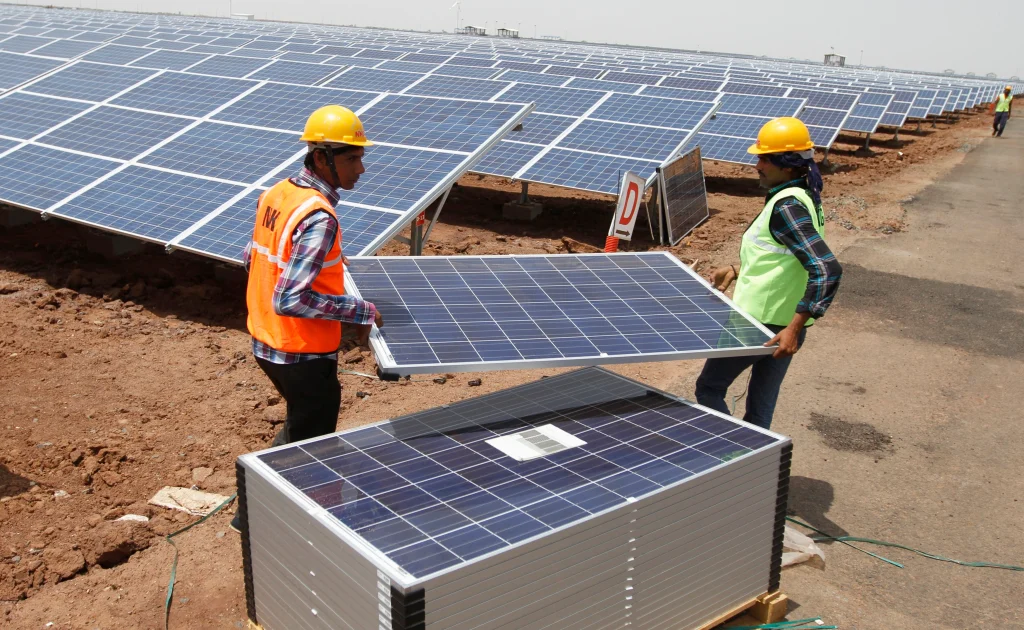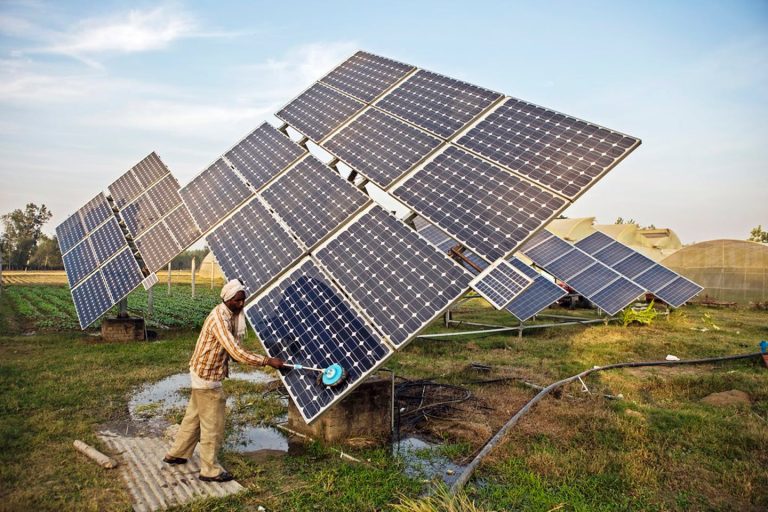India’s quest for the adoption of greener energy producing technologies has been fueled by solar photovoltaics (PV). India has significantly increased its PV capacity during the previous ten years, going from less than 10 MW in 2010 to over 50 GW by 2022.

India wants to build 500 GW of renewable energy by 2030, of which 280 GW would come from solar photovoltaics. Up to 2030, this calls for the installation of almost 30 GW of solar capacity annually.
For the PV economy to be sustainable, there are some obstacles that must be solved. Due to a lack of module and cell production capability in India, Indian solar deployment or installation firms mainly rely on imports.
India can only produce 15 GW of solar modules annually at this time. As we proceed up the value chain, the demand-supply imbalance worsens; for instance, India now only produces about 3.5 GW of cells. Even at the present deployment levels, India imports all silicon wafers and around 80% of the cells it uses, as it has no ability to produce polysilicon ingots or solar wafers.
Additionally, only 3-4 GW of the 15 GW of module production capacity are technologically competitive and deserving of being deployed in grid-based projects. India is still reliant on the import of solar modules for field use.
The government has recognised this gap and is implementing a number of regulatory efforts to encourage the sector to move toward self-reliance in the production of solar cells and modules. A PLI programme to promote manufacturing capex is one of the key objectives, along with a 40% charge on imported modules and a 25% duty on imported cells.
For projects connected to state or federal government grids, it is also required to purchase modules exclusively from manufacturers on an approved list of manufacturers (ALMM); to yet, only companies located in India have received this approval. Although this will undoubtedly encourage business, size and technology provide the biggest obstacles.
Even if India is made remarkable strides in the deployment of solar PV modules for power production, the country still needs more than just tax barriers and business incentives like PLI programmes to become a manufacturing powerhouse for the technology. It will necessitate vigorous industry-academia cooperation in a creative way to begin creating indigenous technologies that could, in the short term, work with the market to supply it with trained labour, process learnings, root-cause analysis through appropriate testing, and, in the long run, create indigenous technologies in India.
High-end technology development calls for significant investment in a number of clusters that function under working and management circumstances that are similar to those found in industry, as well as with the right compensation and defined deliverables.
